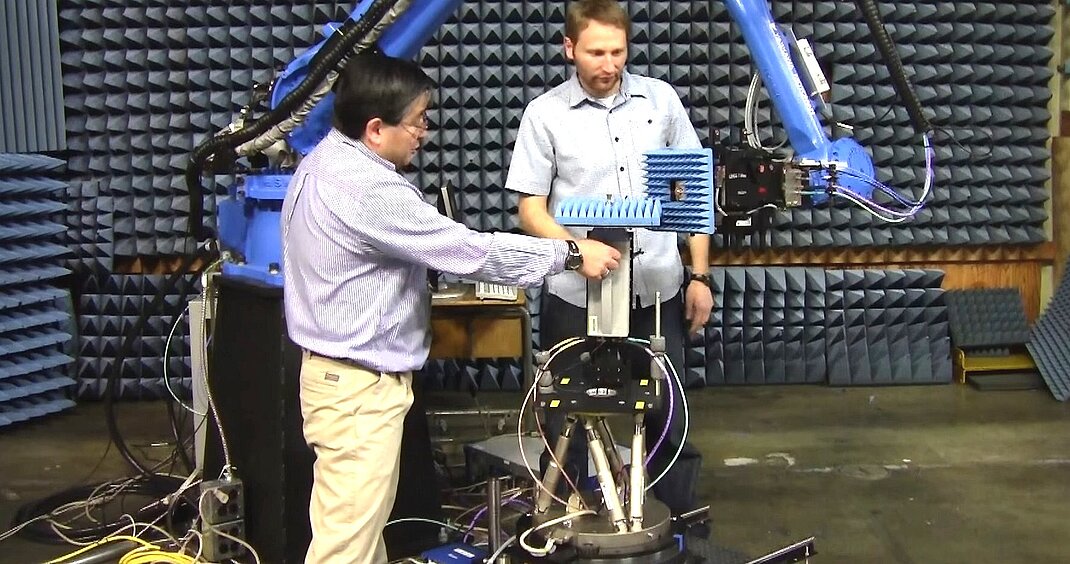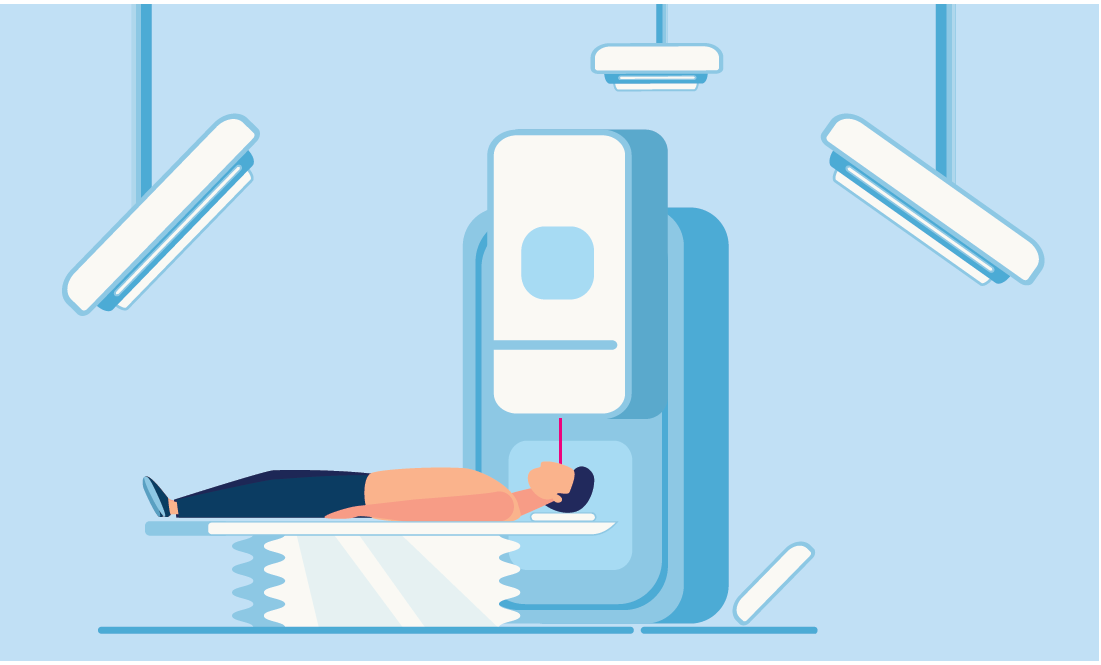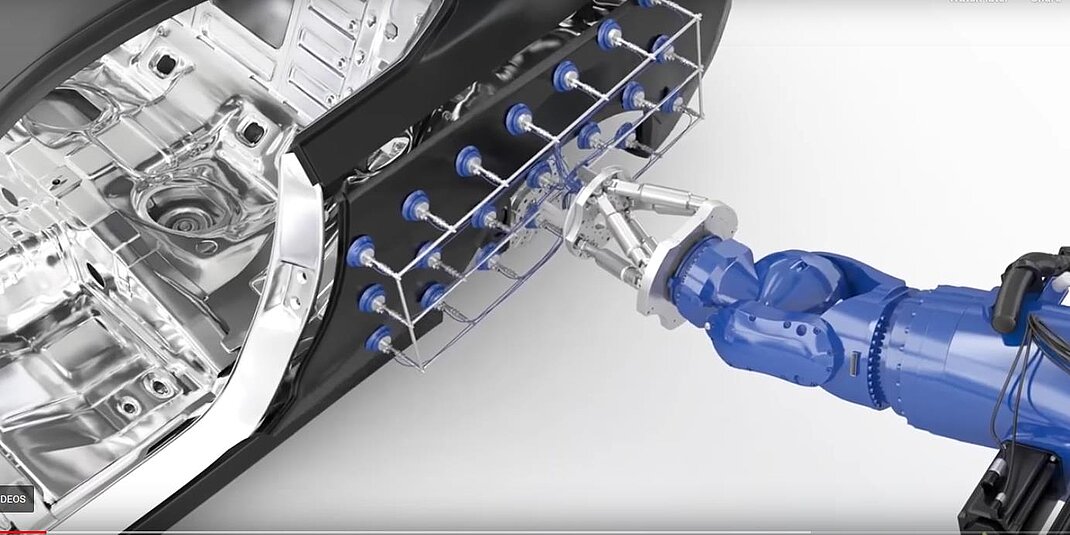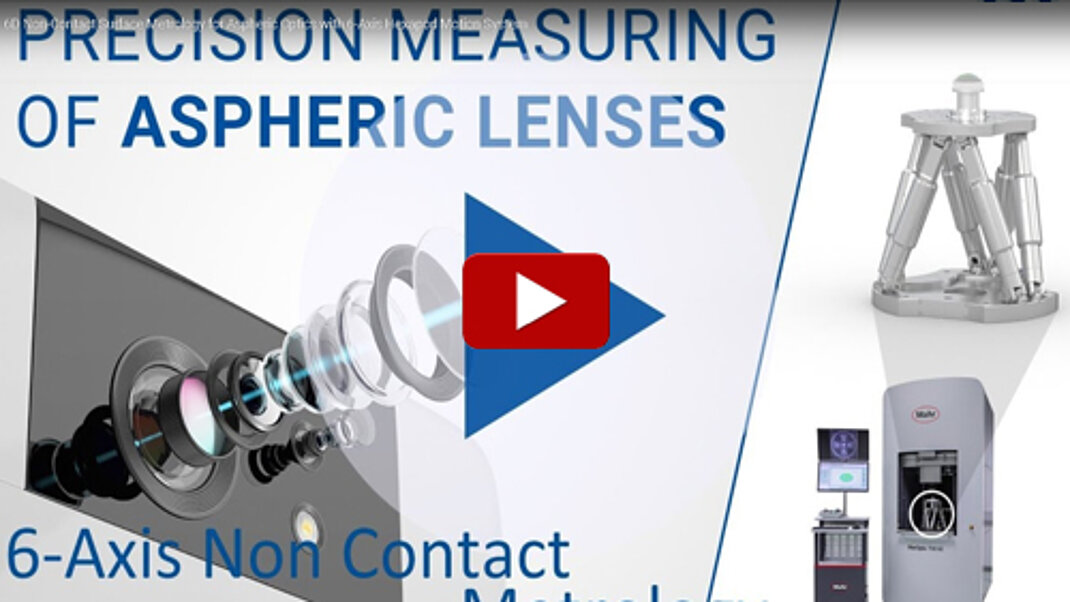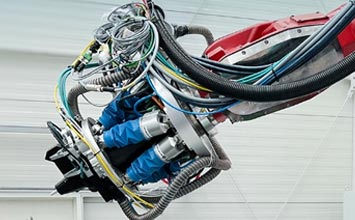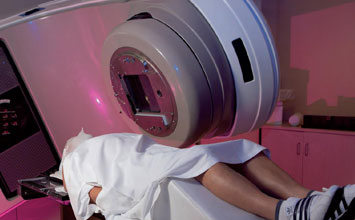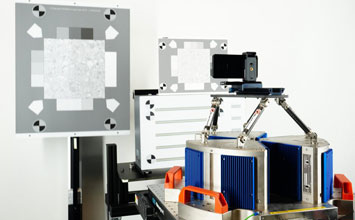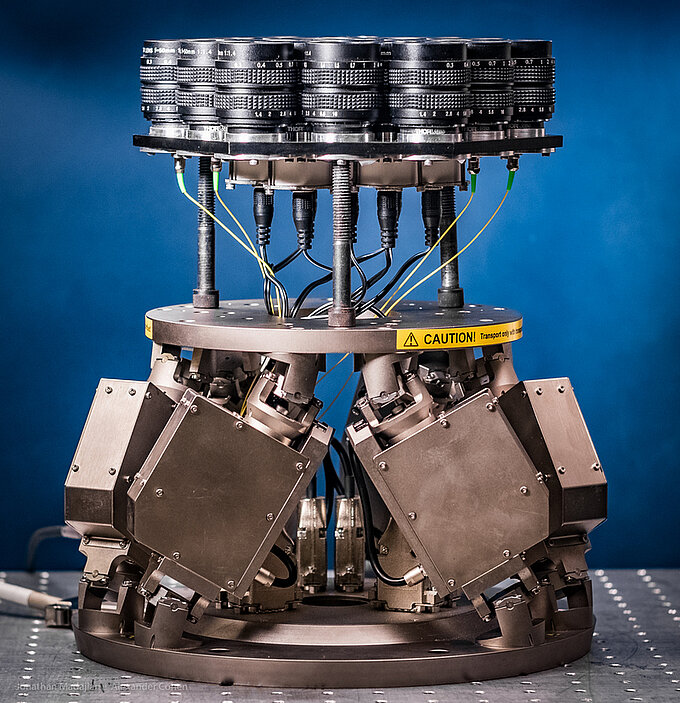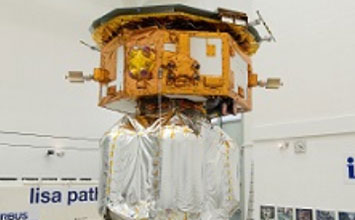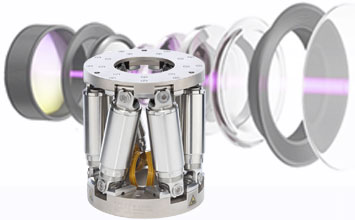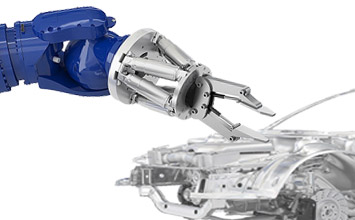Hexapod positioning systems (Stewart Platforms) are versatile tools for multi-axis positioning and motion simulation applications. Hexapods provide 6 degrees of freedom and a user programmable center of rotation (pivot point) that allows extraordinary flexibility in alignment applications.
A few of the more prominent applications are listed below.
Optics Alignment and Optical Communication
Hexapods positioning systems find applications in optics and photonics alignment due to their multi-axis precision positioning capabilities.
Hexapods can be very effective in aligning optical components such as lenses, mirrors, filters. When used with fast alignment algorithms, a figure of merit such as the Modulation Transfer Function (MTF), is all that’s needed to optimize the multi-degree of freedom positioning of each lens, and with PI’s multi-channel parallel capability, multiple lenses can be optimized at once.
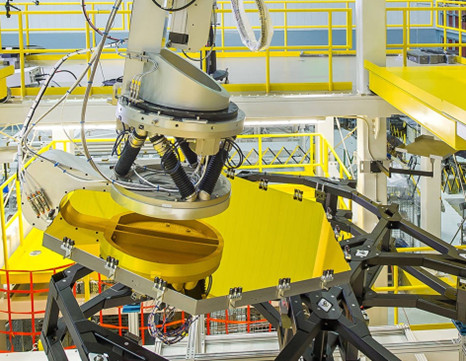
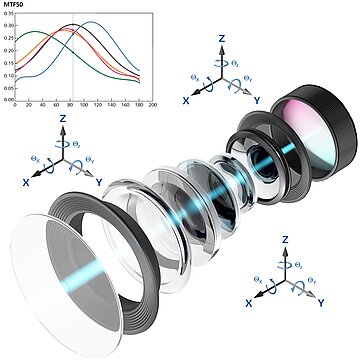
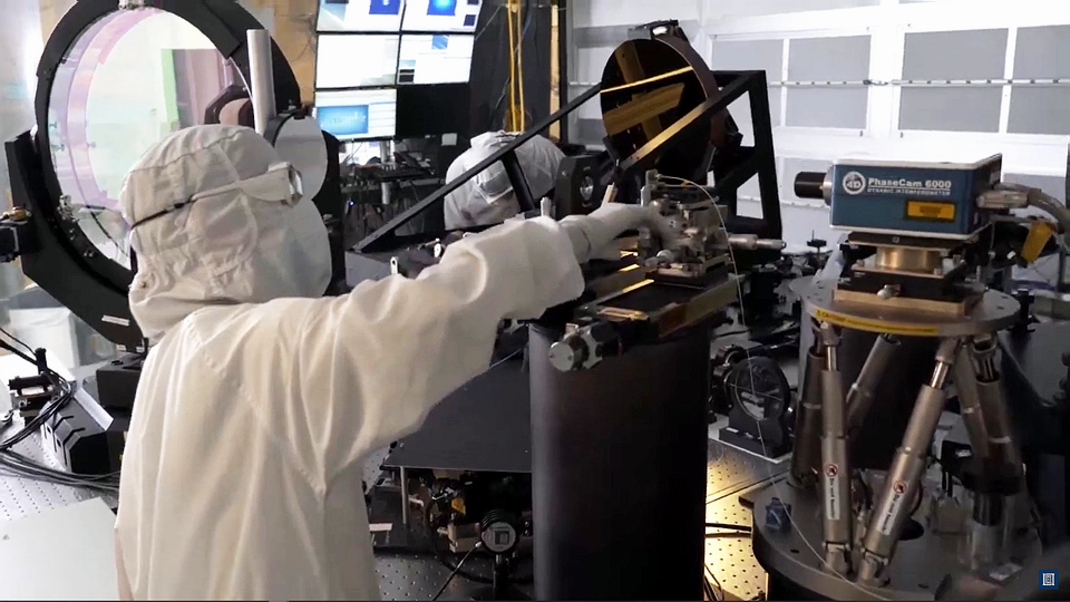
Fiber Optics and Silicon Photonics Alignment
Fiber alignment and more recently alignment of arrays, waveguides, and silicon photonics (SiP) components, requires motion systems with multiple degrees of freedom and exceptional accuracy. In the case of SiP, resolution capabilities in the nanometer range are often required. High precision hexapods with their multi-degree-of-freedom motion allow for fine adjustments and precise positioning, ensuring optimal alignment for minimum optical losses.
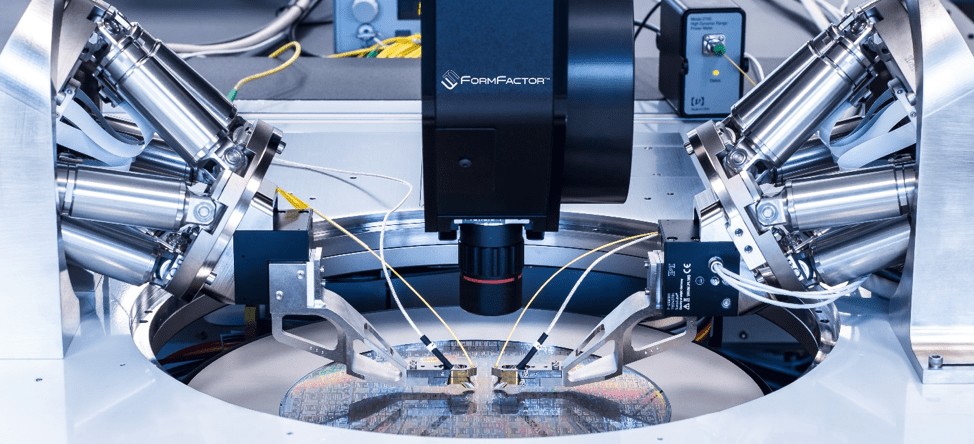
Beam Steering
From laser alignment to optical communication, optical beams need to be steered precisely from the transmitter to the receiver. When high dynamics are required, so-called Fast Steering Mirrors (FSM) with bandwidths up to several kHz are often employed. Hexapods can also be used, when more degrees of freedom are required and demands on dynamics are lower. By precisely controlling the position and orientation of mirrors or other beam steering elements, hexapods enable precise manipulation and control of the optical beam path.
Aero Space Applications, Satellite Antenna Test
Hexapods find utility in space-related companies and research institutes for precise testing and positioning of satellite antennas, component alignment and assembly, optical bench adjustment and calibration, as well as quality verification of optical instruments and subassemblies.
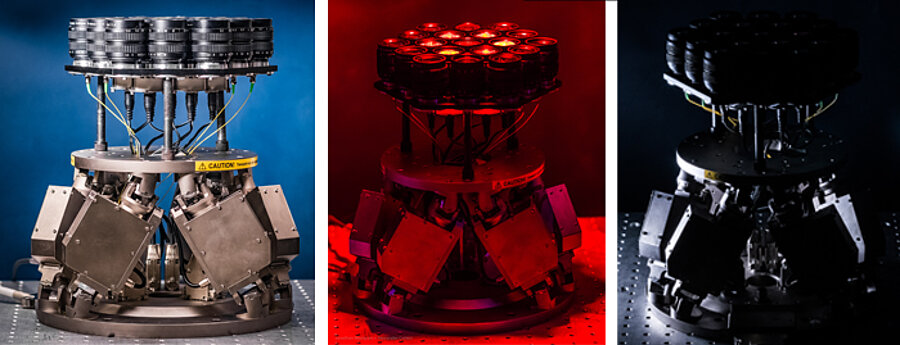
Beamline and Synchrotron Applications
The demanding requirements of synchrotrons are well-suited for precise positioning hexapods. They enable high-resolution alignment of various components such as samples, mirrors, and vacuum chambers, offering exceptional stability over time and superior stiffness.
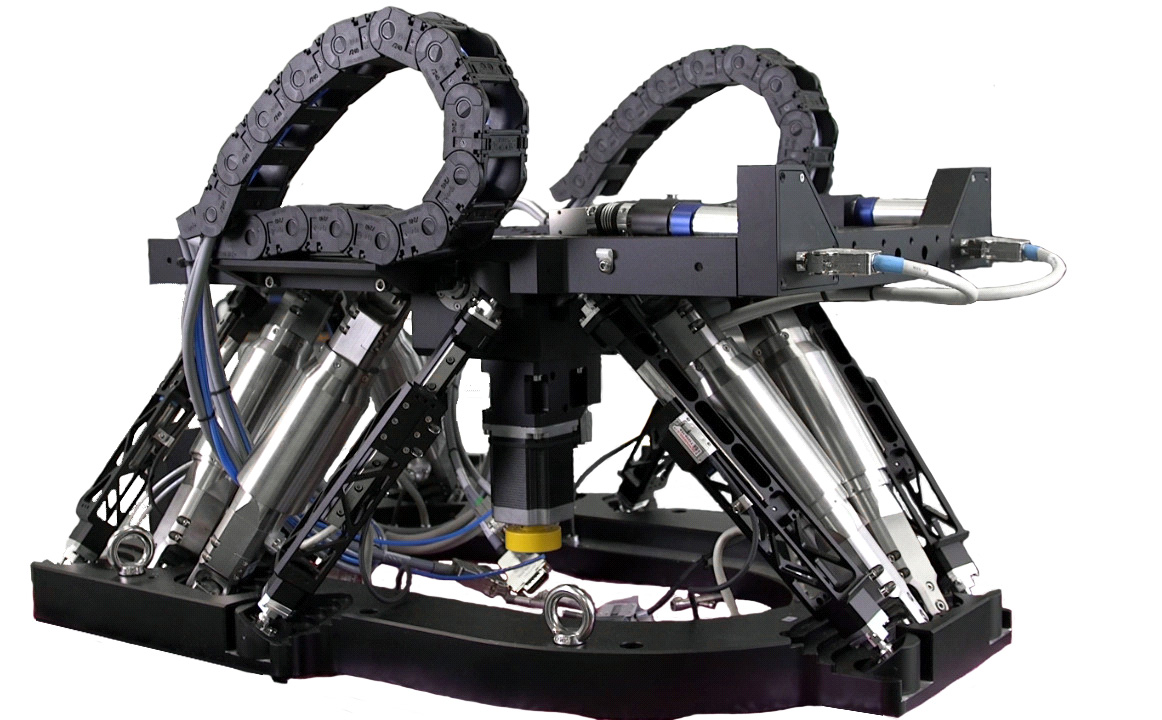
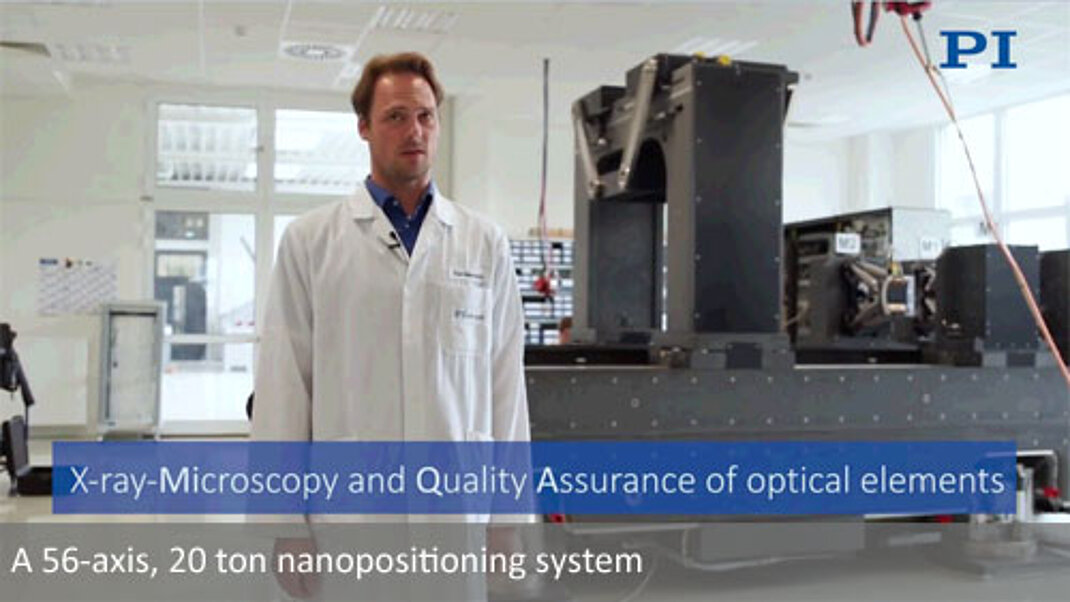
With the increasing power of ground-based telescopes, hexapods play a crucial role in enhancing mirror positioning performance. They are employed to realign the secondary mirror in relation to the primary mirror, compensating for mechanical deformations caused by temperature and gravity variations during the night. Hexapods also facilitate the positioning of telescope instruments and the calibration of mirrors and other optical components during manufacturing phases.
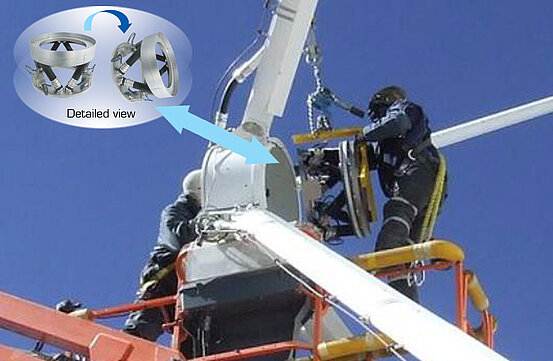
High Dynamics Motion Simulation
The demanding requirements of synchrotrons are well-suited for precise positioning hexapods. They enable high-resolution alignment of various components such as samples, mirrors, and vacuum chambers, offering exceptional stability over time and superior stiffness.
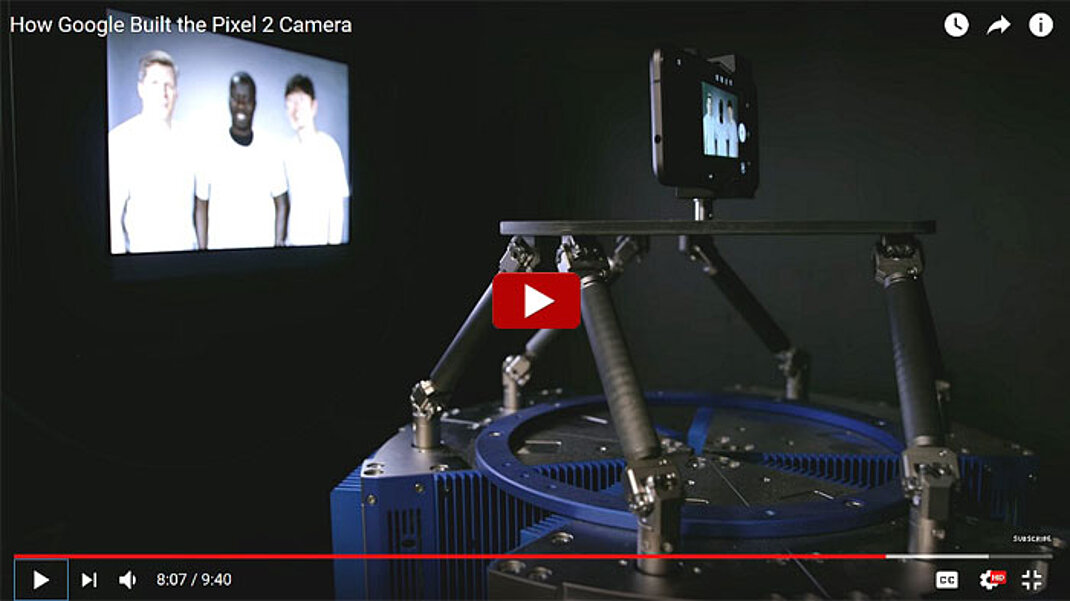
Gyroscopic Testing & Motion Simulation
Motion hexapods are optimized for higher velocities and continuous motion, rather than micron or nanometer precise positioning capabilities. These hexapods are used for testing different sensor technologies, from medical to industrial applications. Prominent naval applications include swell simulation, sloshing, and manipulating wave basins. Simulating the motion of a vessel can be instrumental in testing the behavior of instruments on board, or hexapods can also be used to keep these instruments stable with the platform always level no matter what motions the vessel is going through. Other fields include automotive sensor tests for autonomous vehicles or optronics fields (testing of stabilization of electro-optics systems).
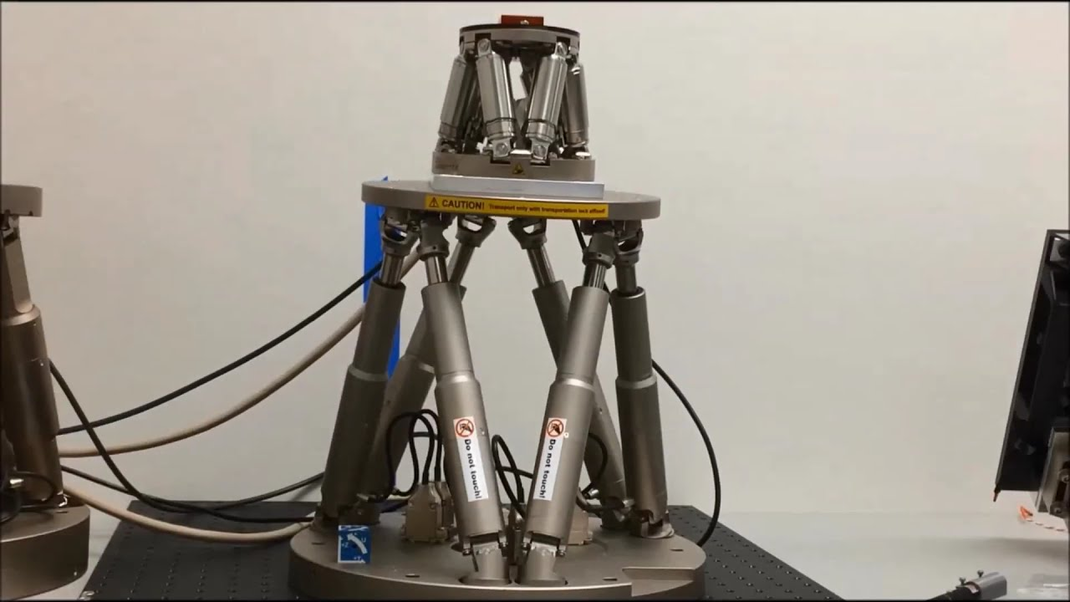
Automated Camera Image Quality Testing
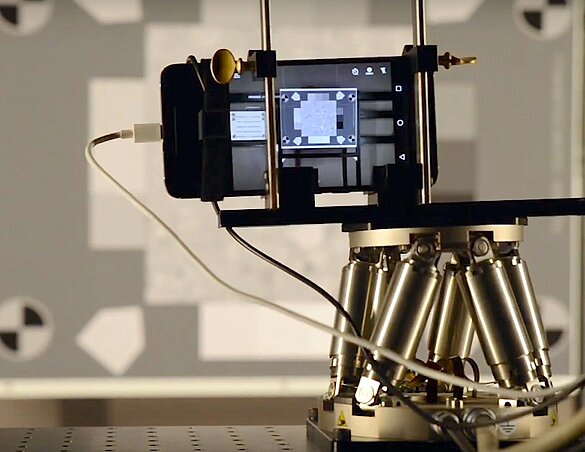
The market for digital imaging products, including compact digital cameras, SLRs, security systems, automotive cameras, smart phone cameras, laptops, and security systems, is vast with billions of units sold each year. The demand for higher quality comes from various industries, including consumer, aerospace, medical, defense, and automotive, and is driving improved resolution, stability, and sensitivity in CCD and CMOS cameras.
While consumers seek low-light performance and minimal motion blur, autonomous vehicle designers have even more stringent requirements to ensure occupant safety. Advancements in optics, electronics, and algorithms have improved camera performance, but the challenge lies in objectively measuring and comparing image quality across different camera models from various suppliers. The company DxOMark Image Labs aims to provide answers by testing cameras with hexapods.
Radiation therapy has emerged as a mainstream approach for treating tumors. Its cost efficiency, minimally invasive nature, and superior performance compared to traditional methods, like surgery and chemotherapy, provides many advantages. In LINAC-based devices, the patient's positioning is crucial, to make sure only the tumor is radiated, not the healthy tissue. A patient couch, equipped with a multiple degrees of freedom (DOF) hexapod structure, plays a vital role in ensuring the accuracy of the entire process. Prior to commencing radiation treatment, the couch is responsible for moving and orienting the patient into the precise position in space required for the procedure.
Video: 7-Axis motion system consisting of a custom PI Hexapod and PRS200 Rotary stage in a setup with 3D-printed phantoms imaged repeatedly with a cone-beam computer tomography scanner. More information on this research from Johns Hopkins University is available here: aiai.jhu.edu/research/ and here: jhu.pure.elsevier.com/en/publications/assessment-of-boundary-discrimination-performance-in-a-printed-ph
Automotive and Aerospace Panel Alignment and Assembly
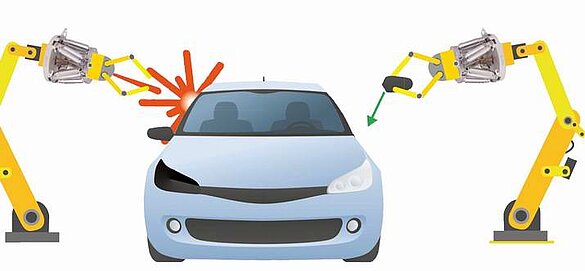
Hexapods are extremely versatile at precisely aligning components. These features are also used by the automotive and aerospace industry to align large panels because of the substantial gains in precision and time savings.
Metrology
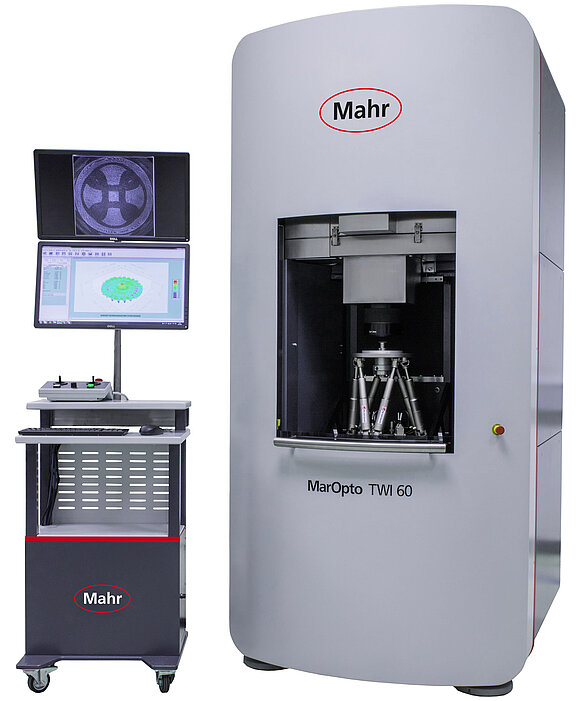
Aspheric lenses offer superior performance in comparison to conventional lenses, leading to advantages such as size reduction, decreased mass, and a reduced number of elements required. These characteristics are particularly beneficial for applications that prioritize miniaturization. Manufacturers of medical instruments, telescopes, and cameras utilize aspheric lenses to enhance the performance of their respective products. On the other hand, the characterization of aspheric lenses can be a very complicated, lengthy process – unless a hexapod comes into play.
Talk to Our Engineers for More Information on Hexapods and Their Capabilities
For additional information on hexapods and their applications and capabilities, please contact our engineers or take a look at our Hexapod FAQs article and the hexapod product overview.
Blog Categories
- Aero-Space
- Air Bearing Stages, Components, Systems
- Astronomy
- Automation, Nano-Automation
- Beamline Instrumentation
- Bio-Medical
- Hexapods
- Imaging & Microscopy
- Laser Machining, Processing
- Linear Actuators
- Linear Motor, Positioning System
- Metrology
- Microscopy
- Motorized Precision Positioners
- Multi-Axis Motion
- Nanopositioning
- Photonics
- Piezo Actuators, Motors
- Piezo Mechanics
- Piezo Transducers / Sensors
- Precision Machining
- Semicon
- Software Tools
- UHV Positioning Stage
- Voice Coil Linear Actuator
- X-Ray Spectroscopy

